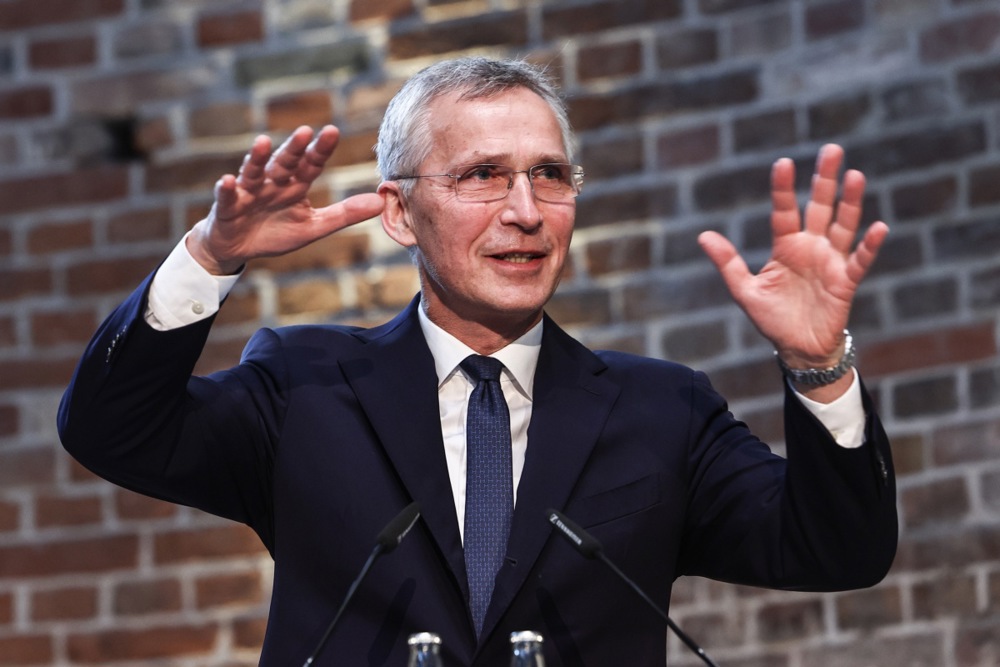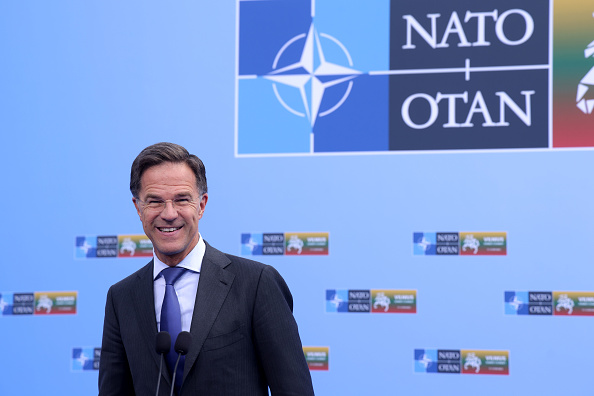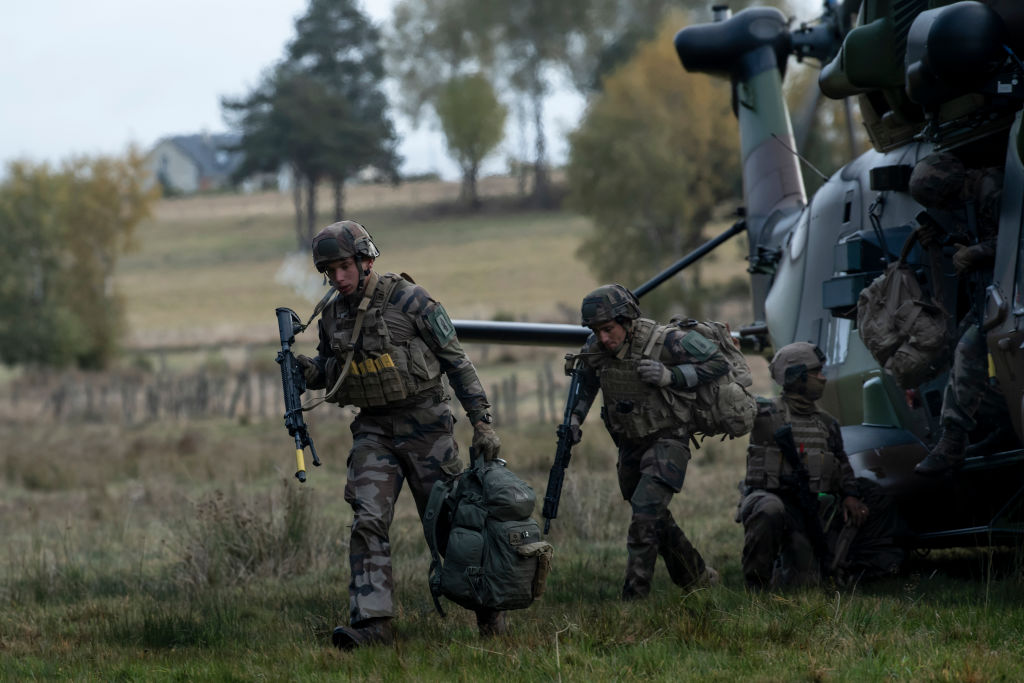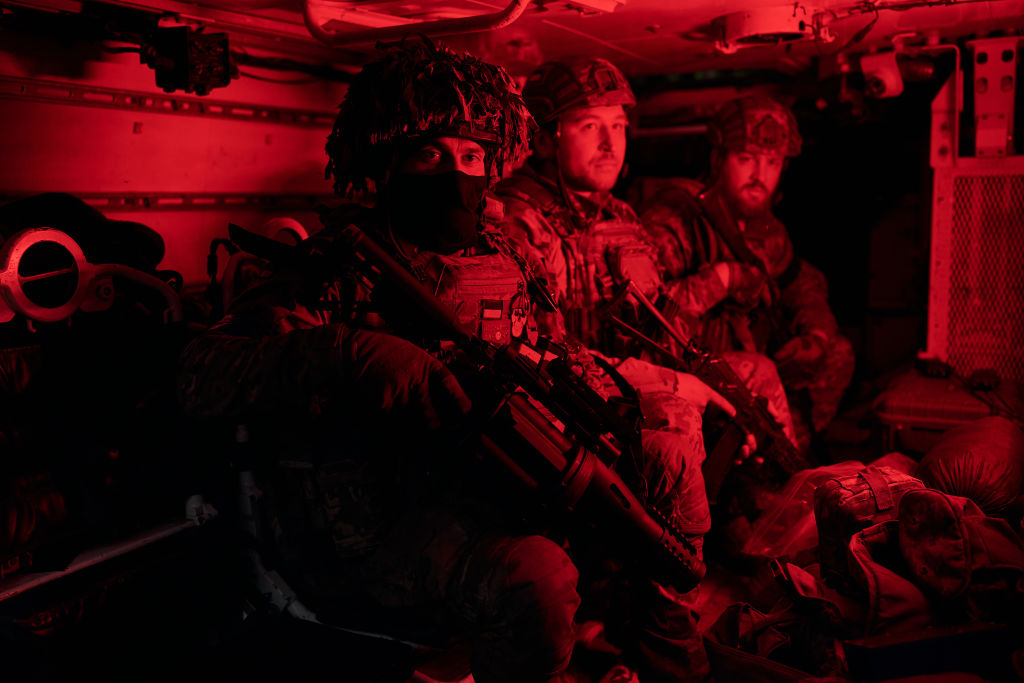NATO is set to expand its military capabilities to counter potential threats from Russia, with plans to add between 35 and 50 additional brigades, a military source revealed to Reuters.
This expansion translates to an increase of 105,000 to 350,000 troops, considering each brigade typically comprises 3,000 to 7,000 soldiers. This goal underscores the scale of the challenge NATO faces.
A key example of the necessary enhancements involves Germany, which would need to quadruple its air defence capacities.
This comes after NATO leaders convened in Vilnius last year from July 11-12, where they agreed on the alliance’s first major defence plans in over three decades. Since then, officials have been working to turn these plans into concrete military requirements.
An update on these plans is expected this week during a summit in Washington, which coincides with NATO’s 75th anniversary.
?? Exactly 75 years ago today, April 4, the North Atlantic Treaty Organisation (@NATO) was created.
This graph shows the money invested in NATO by its member countries since 2014, in relation to their GDPs.
Should NATO members put more cash into defence?#1NATO75years #NATO pic.twitter.com/ZAyqj8AFCu
— Brussels Signal (@brusselssignal) April 4, 2024
“Air and missile defences, long-range weapons, logistics, and large land manoeuvre formations are among our top priorities,” stated an official.
They also noted that “NATO will likely set more demanding capability targets for allies, as we develop forces that can implement our plans and meet the threats we face”.
“We are confident that our deterrence is and will remain strong.”
However, the source of these additional personnel remains uncertain. Options include reallocating troops from other sectors, recruiting new soldiers, or a combination of both.
The war in Ukraine has highlighted the critical importance of air defence systems, which protect vital military and civilian infrastructure. This need is particularly pronounced for Germany, which serves as a major logistics hub and staging area in the event of a conflict with Russia.
During the Cold War, Germany had 36 Patriot air defence units but still relied on support from NATO allies.
Currently, German forces are reduced to nine Patriot units, having donated three to Ukraine following the Russian invasion in 2022. In response, the German government has begun ordering more Patriot systems and other air defence equipment to bolster its capabilities.
This extensive military buildup reflects NATO’s commitment to enhancing its defence posture and ensuring robust deterrence against any potential threats from Russia.
NATO will assume control over the coordination of arms deliveries to Ukraine from the US, the alliance’s Secretary General Jens Stoltenberg has announced. https://t.co/yqKFVFvyKm
— Brussels Signal (@brusselssignal) June 13, 2024





